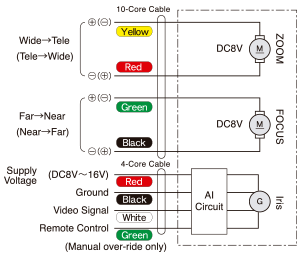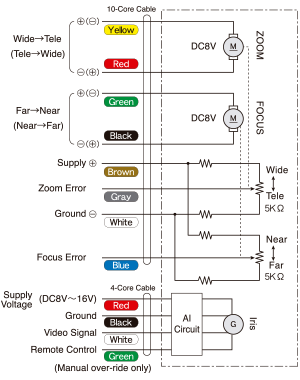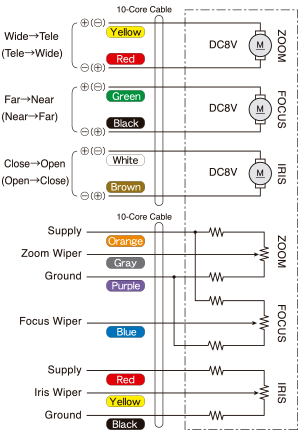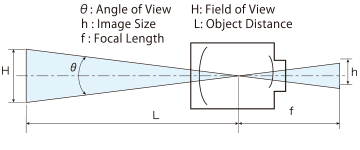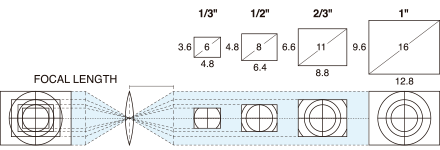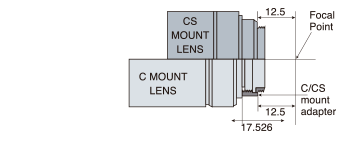New Technology Bearing CAM Focus System
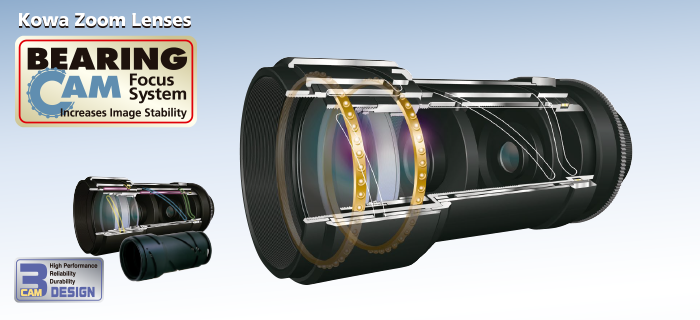
Conventional zoom lenses commonly employ a helicoid system for the focus mechanism, which is essentially an internal screw type device that allows the user to twist the lens into focus. However, one of the main problems with a helicoid system is that environmental factors such as cold temperatures can make the focus torque too heavy for any parts to move freely without strong force.
To help prevent such problems from occurring, Kowa developed a "3-CAM" system for use in all of its varifocal and zoom lenses. Kowa's innovative 3-CAM design utilizes guide pins to minimize the contact points of all the internal mechanical parts so that they move freely with significantly less friction and torque. In other words, the result you get is a more robust lens with a longer product life since the 3-CAM system reduces wear and tear of all moving parts. The 3-CAM system also increases optical performance by solving the problem of de-centering, decreases internal reflection, and reduces the need for grease on the focus and zoom mechanisms.
In an effort to further improve on the 3-CAM technology, Kowa has designed a "Bearing CAM" focus system for the internal moving mechanisms of our zoom lenses.
This new Bearing CAM focus system is especially important for long range zoom lenses because the heavy weight and large diameter of such lenses can push down on the internal moving parts. If the pressure on such lenses gets to be too much, the inside barrel can become deformed, thus changing the alignment of the optical path. Kowa's Bearing CAM focus system helps to resolve this issue because it uses dozens of ball bearings to absorb extra pressure and at the same time, allows for a smoother rotation of moving parts. What this translates to is that you get a lens with an even longer product life that is more resilient against frequent focus and zoom movement.
Kowa has released a high definition 2 megapixel 20-750mm LMZ20750AMPDC-XF long range zoom lens with the new Bearing CAM focus system.

